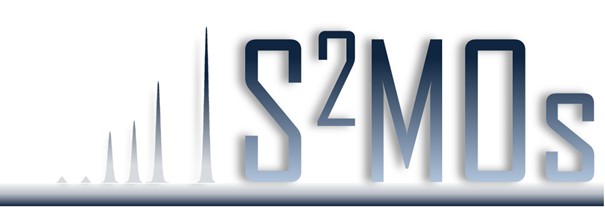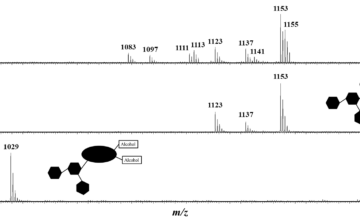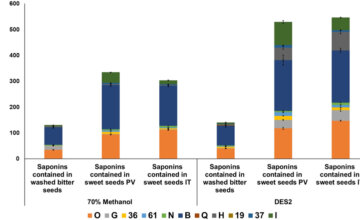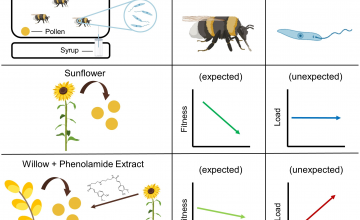New paper on spinochrome pigments by Lola Brasseur
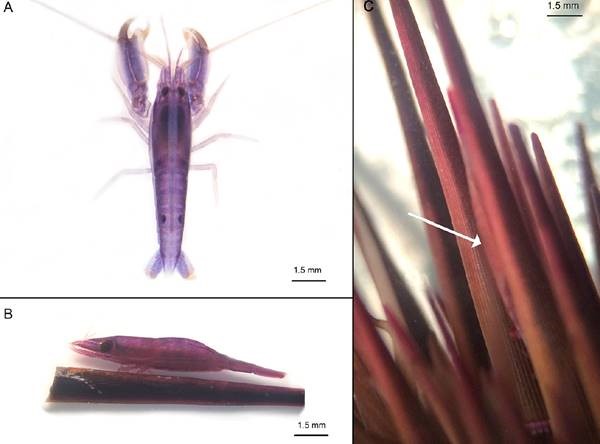
Tuleariocaris holthuisi and Arete indicus are two ectocommensal shrimps closely associated with the tropical sea urchin Echinometra mathaei. This study provides a comparison of these two E. mathaei symbiotic crustaceans and particularly focuses on the relationship between T.
holthuisi and its host’s pigments (i.e. spinochromes), and its dependency on its host. While all the analyses underline a close association between A. indicus and E. mathaei, they reveal a particularly close interaction between T. holthuisi and its host. Chemical analyses mostly cy mass spectrometry reveal that these shrimps present the same spinochrome composition as E. mathaei, and have similar coloration, allowing camouflage. Isotopic composition and pigment loss after host separation suggest that these pigments are certainly assimilated upon feeding on the urchin. Moreover, symbiont isolation experiments demonstrate the high dependency of T. holthuisi on its host and the importance of the host’s pigments on their survival capacity. Finally, some host recognition mechanisms are investigated for T. holthuisi and show the probable implication of spinochromes in host selection, through chemical recognition. Hence, all the results suggest the essential roles of spinochromes for T. holthuisi, which, in turn, suggests the potential implication of these pigments in the shrimps’ metabolism. This paper is just accepted for publication in Scientific Reports, an open-access journal published by the Nature Publishing Group.

